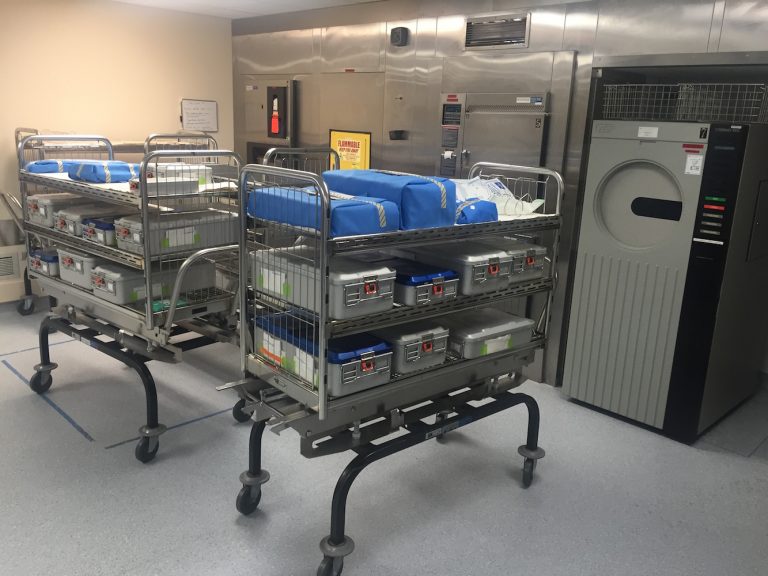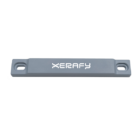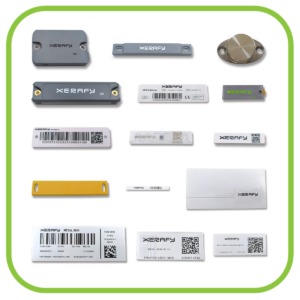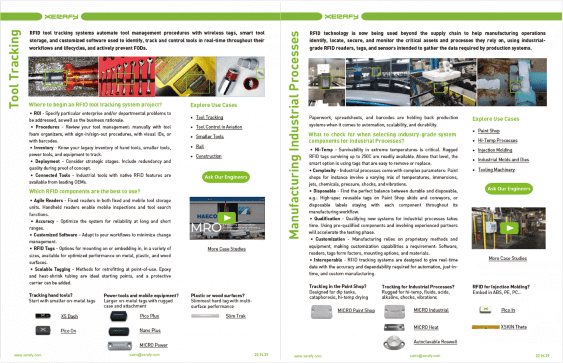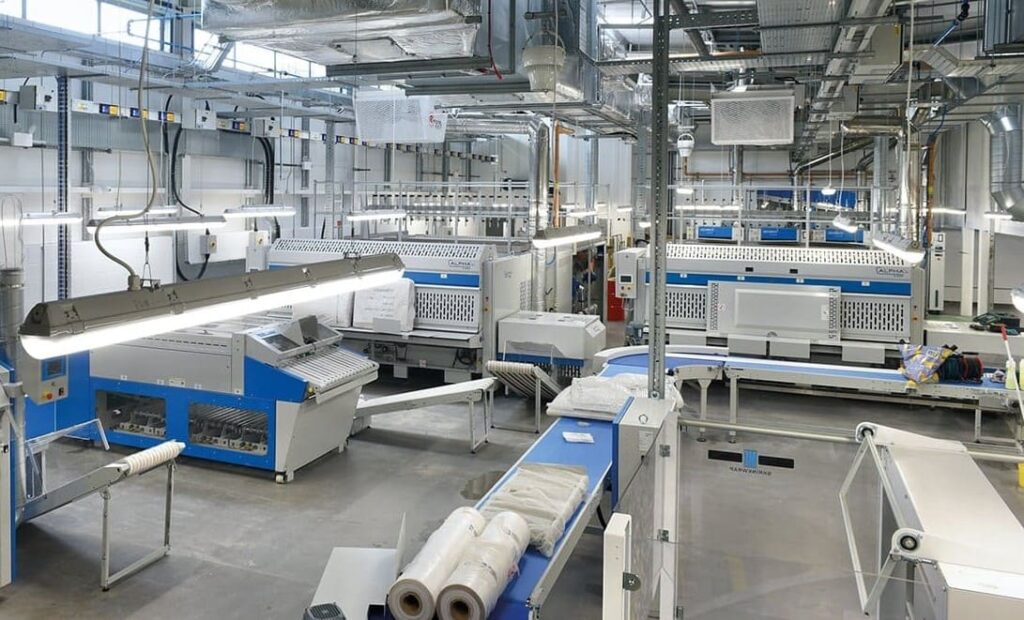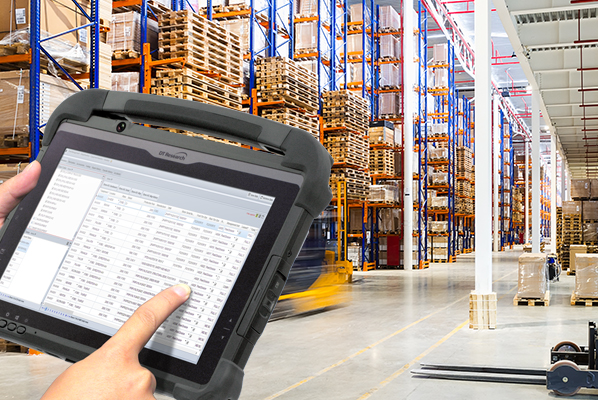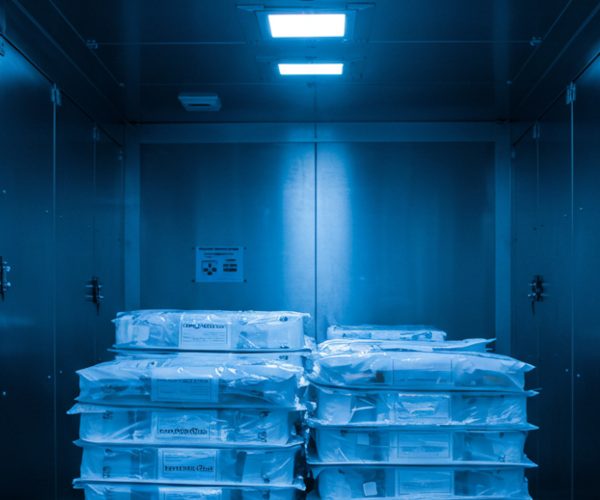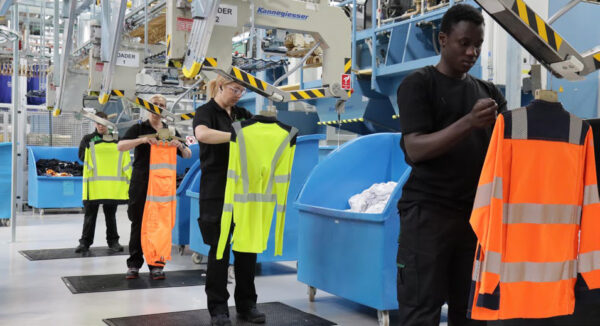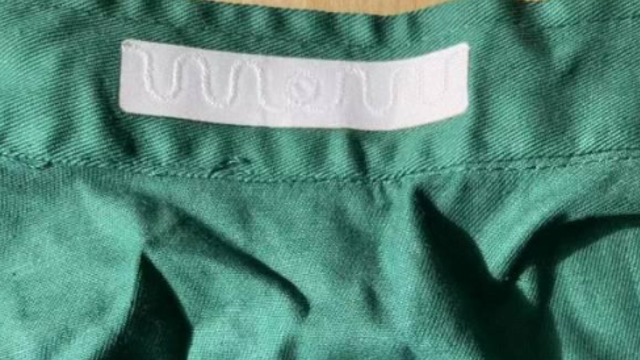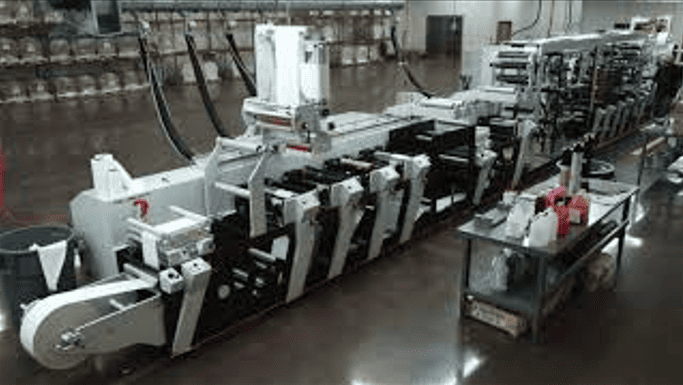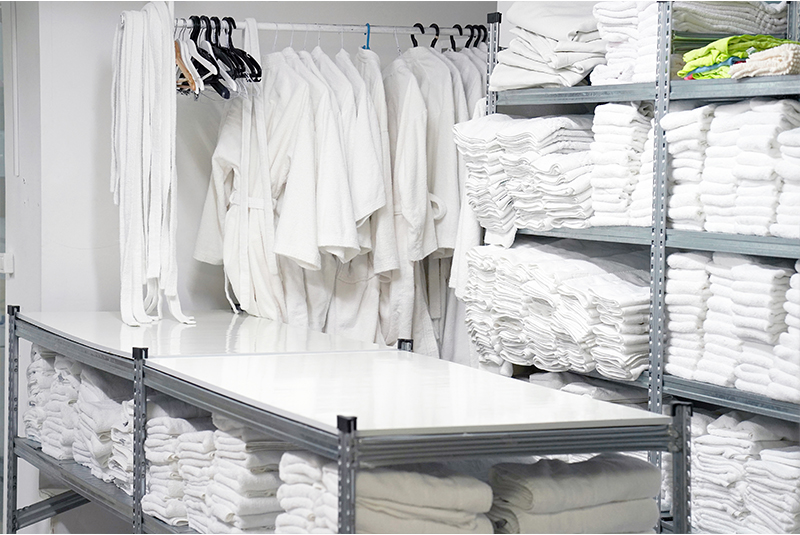Medical instruments, devices, consumables, and packaging are subjected to repeated cycles of extreme conditions (high heat, humidity, chemicals, or ionizing radiation) to ensure patient safety and regulatory compliance.
For hospitals, medical device manufacturers, pharmaceutical companies, and contract sterilization providers, the challenge is not only to sterilize products but also to maintain accurate, automated, and validated traceability throughout these processes. Conventional labeling solutions fail under these conditions. Healthcare RFID offers a digital backbone for traceability, but only if tags and labels are engineered to withstand sterilization.
Xerafy has pioneered the development of sterilization-ready RFID tags and labels, establishing a portfolio unmatched in its breadth, validation, and field-proven performance. From the hospital SPD (Sterile Processing Department) to OEM production lines and pharmaceutical packaging, Xerafy enables traceability without compromise.
1. Sterilization Methods and Their Challenges
Healthcare and life sciences use a range of sterilization and disinfection methods, each presenting unique challenges for RFID.
Autoclave (Steam)
- Conditions: Pressurized steam at 121–134°C, high humidity.
- Challenges: Thermal endurance, material expansion, adhesive degradation.
- Xerafy Solutions: MICRO Medical, MICRO Autoclave, and ROSWELL Autoclave tags have been validated for repeated autoclave cycles, ensuring reliable traceability of surgical instruments and trays. Hospitals deploying these tags report streamlined SPD compliance and reduced instrument loss.
The MICRO Medical is a compact, high-performance RFID tag engineered for surgical instruments and medical devices. It’s built with medical-grade material and designed to withstand over 600 autoclave cycles, as well as exposure to harsh sterilization chemicals.
Ethylene Oxide (EtO)
- Conditions: Low-temperature sterilization using gas.
- Challenges: Chemical compatibility, extended cycle times.
- Xerafy Solutions: METAL SKIN and XSKIN labels withstand EtO cycles while maintaining data integrity. They provide OEMs and packaging companies with serialized RFID labeling that survives sterilization and supports Unique Device Identification (UDI) requirements.
The XSKIN Gamma 73 x 20 is designed to withstand repeated Gamma and E-beam sterilization cycles, while supporting global RAIN RFID standards for international deployments.
Gamma Irradiation
- Conditions: High-energy photons used for medical devices, packaging, and consumables.
- Challenges: Radiation-induced degradation of electronic components and label materials.
- Xerafy Solutions: The XSKIN Gamma is field-tested for resilience against radiation, bridging sterilization durability with global traceability standards. Medical device manufacturers leverage it to integrate UDI-compliant RFID labeling directly into their validated sterilization workflows.
Electron Beam (E-beam)
Disinfection, Sanitization, and Pasteurization
- Conditions: UV light, chemical disinfectants, or controlled heat.
- Challenges: Less demanding than sterilization but still require robust label performance.
- Xerafy Solutions: TEX TRAK RFID tags for laundry, METAL SKIN and XSKIN labels support linens, PPE, and other assets exposed to disinfection and pasteurization, making them suitable for hospital equipment, labware, and returnable supply chain packaging.
The following matrix summarizes the conditions, challenges, and Xerafy solutions validated for each sterilization method:
| Sterilization Method | Typical Conditions | Challenges for RFID | Xerafy Solutions |
|---|---|---|---|
| Autoclave (Steam) | 121–134°C, high humidity, high pressure | Thermal stress, adhesive degradation, repeated cycles | MICRO Medical, MICRO Autoclave, ROSWELL Autoclave |
| Ethylene Oxide (EtO) | Low temperature, chemical gas exposure, long cycles | Chemical compatibility, extended process times | METAL SKIN, XSKIN |
| Gamma Irradiation | High-energy photons used for medical devices and packaging | Radiation-induced degradation of electronics and materials | XSKIN Gamma |
| Electron Beam (E-beam) | High-intensity electron exposure, rapid sterilization | Similar to gamma with higher dose rates | XSKIN Gamma (for OEMs and packaging converters) |
| Disinfection (UV, Chemical) | UV light, hydrogen peroxide, chemical disinfectants | Surface exposure, label adhesion | METAL SKIN, XSKIN |
| Sanitization / Pasteurization | Controlled heat, moisture | Less demanding but repeated cycles | METAL SKIN, XSKIN |
2. Validated RFID for Sterilization Workflows
Contract sterilization providers and hospital SPDs operate under strict, validated systems that define loading specifications, cycle times, and dosimeter placements. RFID labeling cannot be treated as an afterthought: it must be validated within these systems to ensure:
- Compliance: RFID labels and tags must survive the sterilization process without compromising biocompatibility or efficacy.
- Durability: Labels must maintain adhesion and readability over repeated cycles.
- Traceability: RFID must support UDI, regulatory documentation, and serialized inventory control.
Xerafy designs its sterilization-ready portfolio to meet these requirements from the ground up. Adhesives are selected for biocompatibility and validated against FDA and MDR standards. Electronics are shielded and encapsulated to protect against heat, moisture, and radiation. Every tag is engineered to maintain performance throughout its lifecycle, even in workflows requiring hundreds of sterilization cycles.
3. Use Cases Across Healthcare and Life Sciences
Hospitals and Sterile Processing
RFID-powered sterile processing tracking systems enable an hospital SPD to automate their surgical trays and instruments reprocessing workflows, reduce manual errors, and achieve full compliance. A major U.S. health system used Xerafy autoclavable tags to optimize surgical tray reprocessing, reducing turnaround time while improving accuracy in tray composition.
Medical Device Manufacturers
For OEMs, RFID ensures UDI compliance while enabling lifecycle traceability. Embedding sterilization-ready labels such as the XSKIN Gamma allows manufacturers to integrate digital identity into products without disrupting sterilization validation protocols. Columbia University’s dental SPD deployment demonstrated how RFID supports compliance from device design through sterilization and use.
Pharma and Biotech
Serialized RFID labeling is increasingly critical in pharma cleanrooms and biotech laboratories. By withstanding gamma, EtO, and E-beam sterilization, Xerafy tags ensure that consumables and equipment remain traceable and compliant throughout their lifecycle.
Packaging and Converters
Sterilization-proof RFID is equally critical in packaging workflows. Packaging companies and converters integrate RFID into sterile barrier systems, returnable containers, and pharmaceutical packaging. By validating RFID labels alongside sterilization cycles, converters ensure that serialized identities survive from production through distribution. This enables OEMs, pharma companies, and hospitals to digitize their supply chains without disrupting validated sterilization processes.
Sterilization environments are among the harshest conditions for any labeling or identification technology. Yet traceability is non-negotiable for hospitals, OEMs, pharma, and packaging providers striving for safety, compliance, and efficiency.
Xerafy stands at the forefront with the most comprehensive portfolio of sterilization-ready healthcare RFID, validated across autoclave, EtO, gamma, E-beam, disinfection, and pasteurization workflows. By enabling digital traceability in these extreme environments, Xerafy helps healthcare and life sciences organizations bridge the gap between sterilization durability and regulatory compliance.
Partner with Xerafy to future-proof your sterilization workflows with RFID.
Xerafy is a pioneer in Healthcare RFID, bringing to market several innovations that enable advanced identification and automation capabilities in manufacturing.
In addition to a complete range of field-proven RFID tags available off-the-shelf, Xerafy offers Custom RFID Tags services, covering everything from a personalization service bureau to custom-design engineering capabilities.
